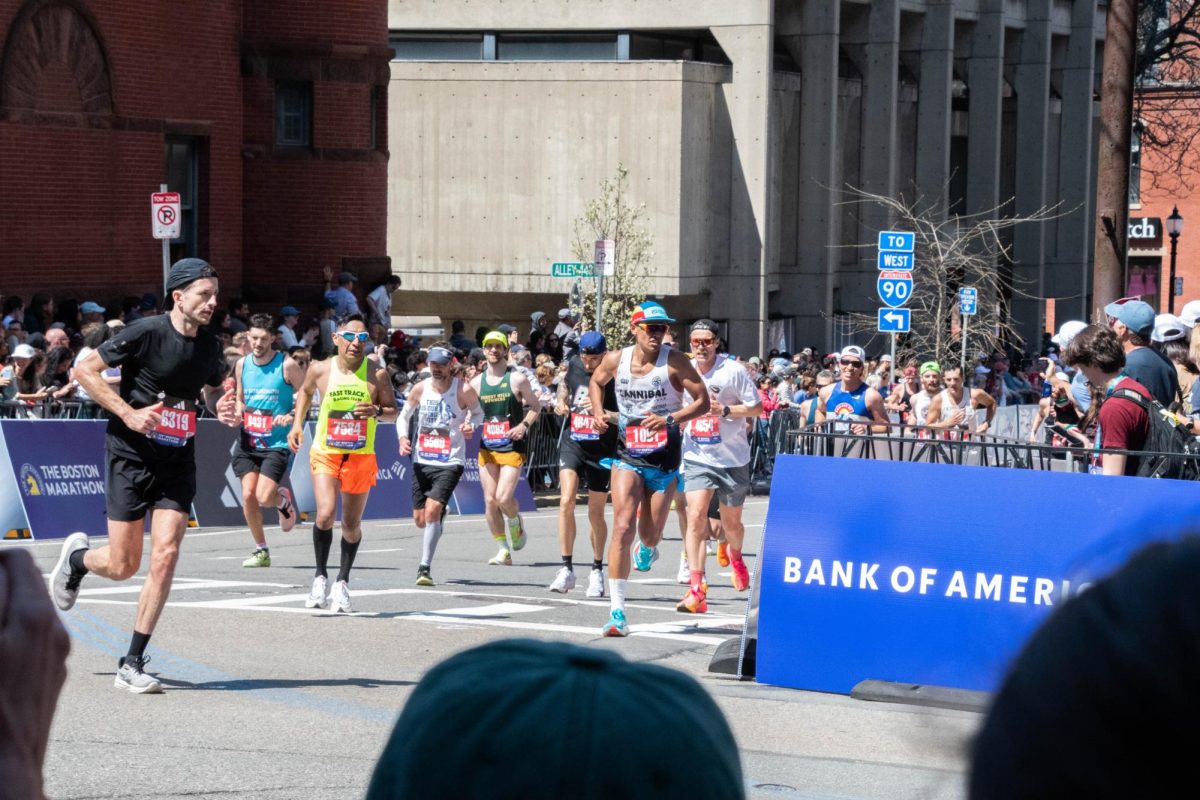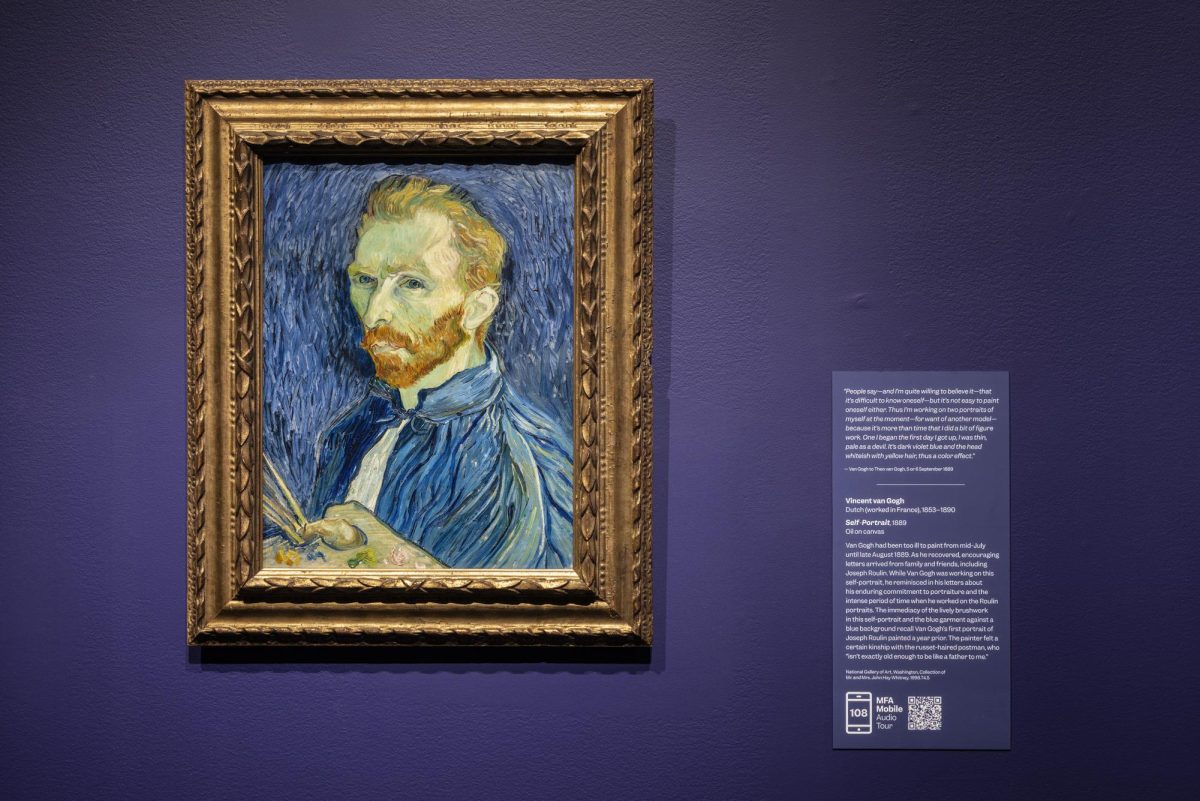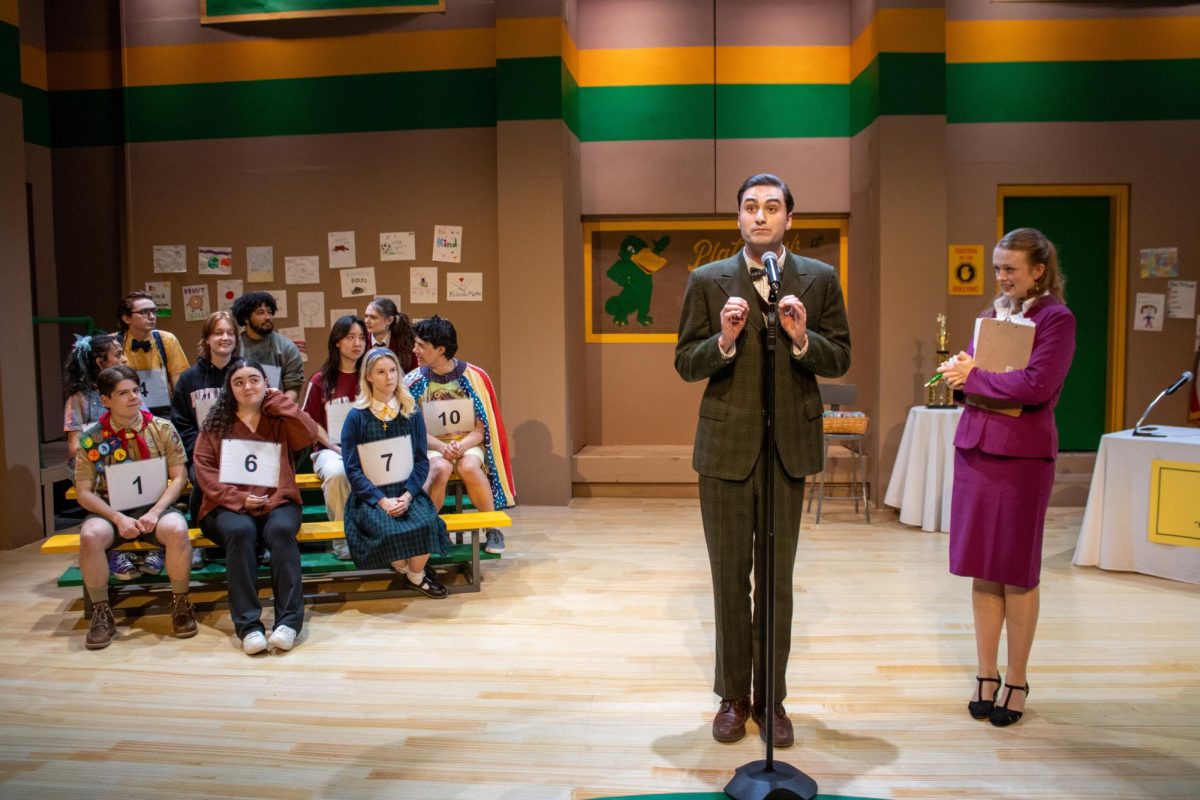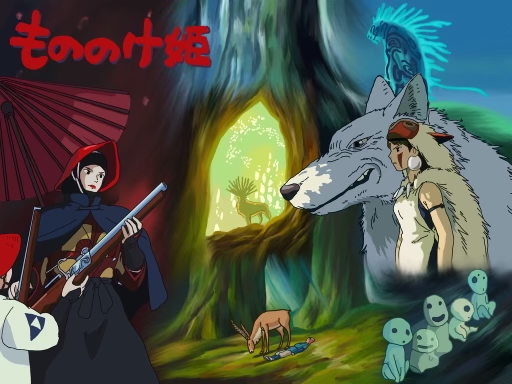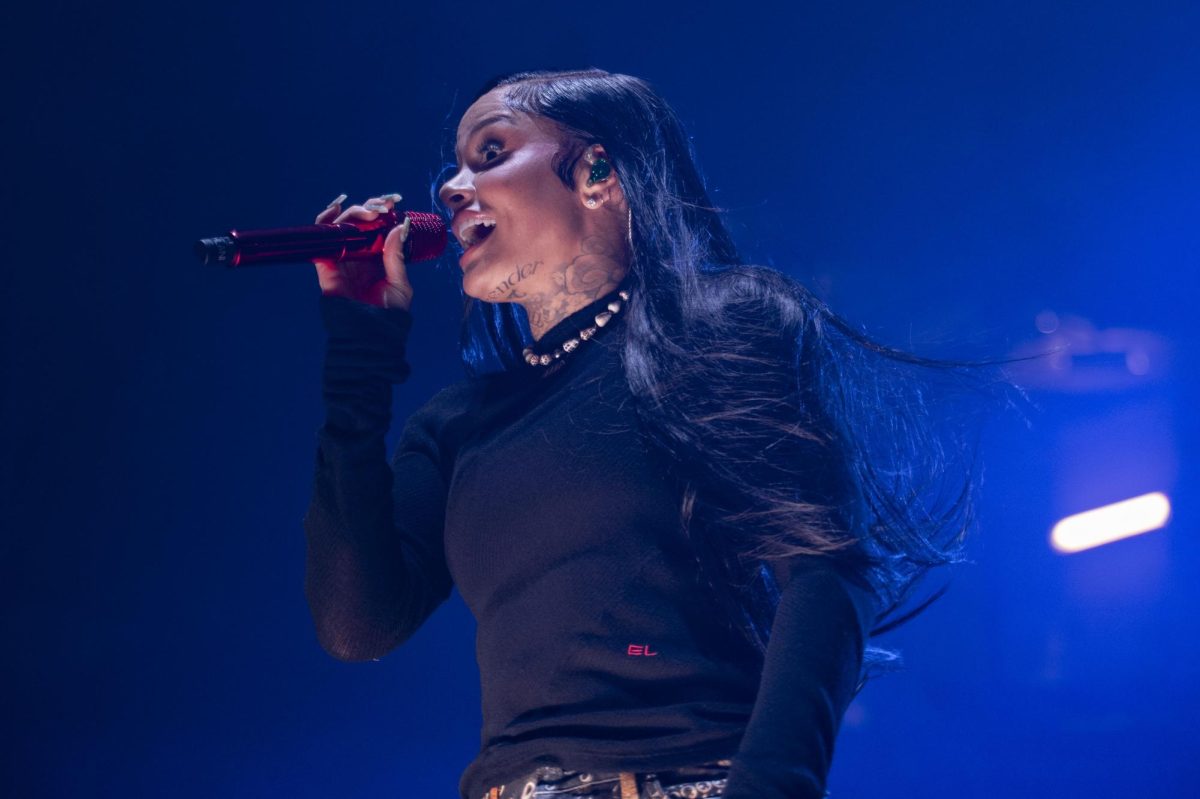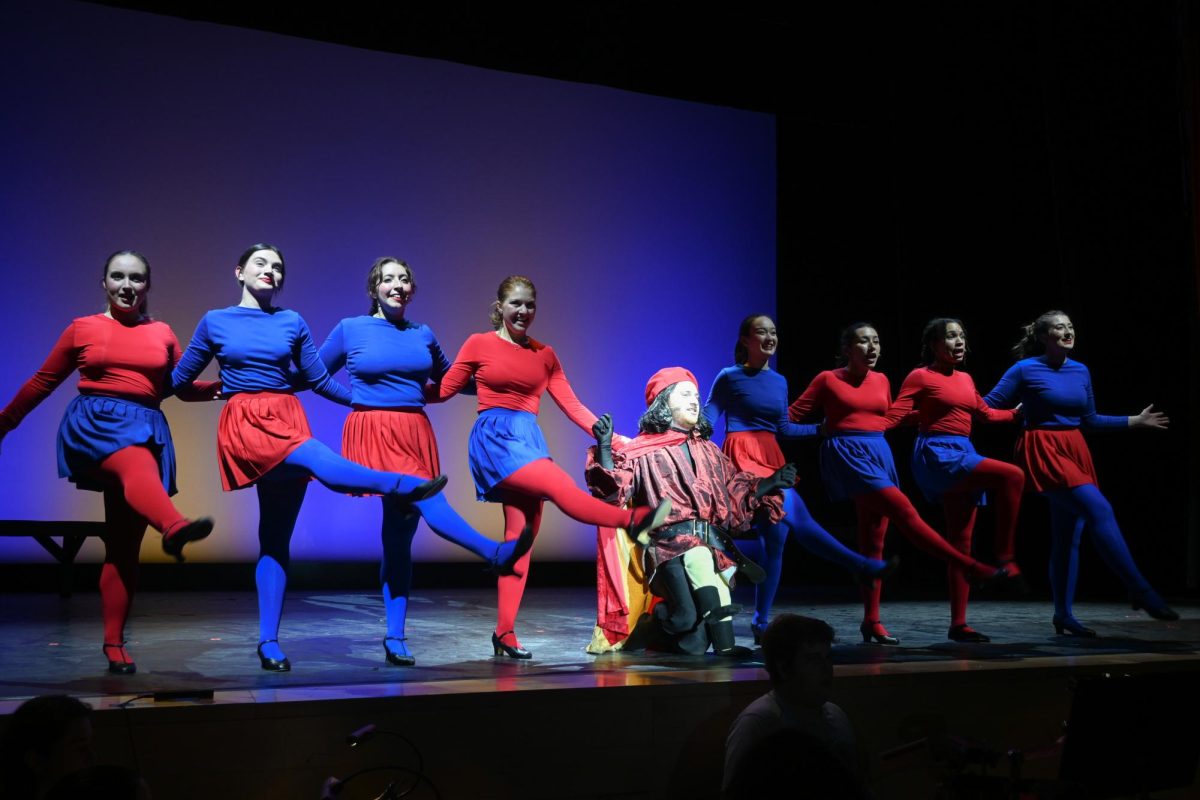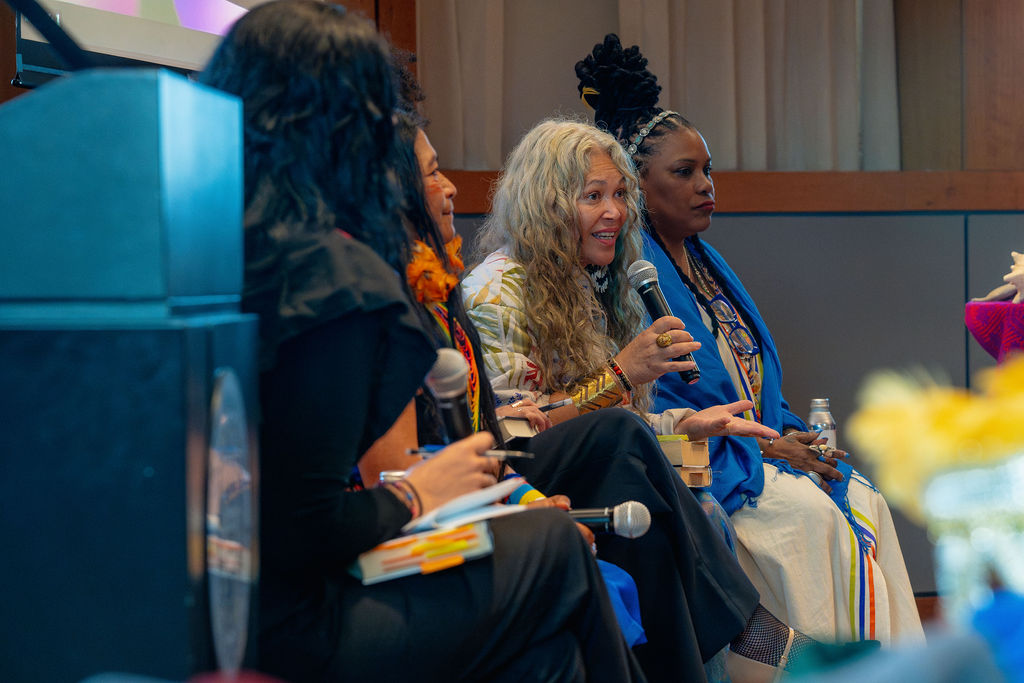By Vy Thai, A&E columnist
The exposure and relevance of Norse mythology has resurfaced in contemporary pop culture, with perhaps the most noticeable being Marvel’s “Thor” movies and comics.
Most of the knowledge we have about Norse myths in pop culture involves the cycles of the creations and destructions of the cosmos, and revolve around the power and ambitions of the familiar trio Odin, Thor and Loki.
However, there are more of other characters and events central to the Norse worlds that pop culture fans might have missed, since not everyone can have access and patience to sit through the century-old original Norse stories.
This is where the modern retelling of ancient myths is of use: It generates all the major characters and events of the original story into a more reader-friendly format for modern readers.
Best-selling novelist Neil Gaiman has attempted to do this in his latest book titled “Norse Mythology,” a novelistic retelling of famous tales about the Viking gods of Scandinavia and their journeys to create and rebuild the world. His versions of the original myths are crafted not only as stories to be read but also as tales to be told. The book starts by setting the background of the origin of mankind and how the gods came to gain their unique powers. The 15 subsequent tales take turns narrating each time the world comes to an end, backed with anecdotes and insights of the gods and all other beings.
There are also various moments in which Gaiman takes the creative license to characterize the gods in a way that fits better into the novel category of the book, without altering any important aspect or detail of the original myths.
More than just the tricky and mischievous Loki played by Tom Hiddleston in Marvel’s “Thor,” Gaiman’s Loki is deliberately developed as a creative problem solver and even a reluctant hero as the story goes on. In Thor’s case, Gaiman chooses to portray his character a bit closer to the original tales as a god full of brawn rather than brains, and uses this characterization as the comic reliefs of the story.
Gaiman also adds some subtle modern undertones here and there throughout the story, such as depicting the goddesses with more independence and authority compared to their typical role as overly sexualized additions. Even the comedic elements are constructed so that they can fit more with the universal sense: Expect a lot of slapsticks such as Thor dressing up as a bride, the gods getting knocked out during a drinking contest, or them shaving each others’ hair because as Loki says, “It was funny. I was drunk.”
All of this turns ancient myths into something that reads like the real thing, with both profound and inevitable elements that we can easily relate to real life. The gods can appear as charismatic and extraordinary beings, and just as often they can be brutal, nitpicky and flawed. Their world is surrounded with complex relationships, loyalty and betrayals, and births and deaths. In other words, they are just normal people like us, except getting dressed up a little too much.
Many mythologies approach the way in which the magical collides with the mundane, and offer possibilities of dealing with the problems of mundane life. Even in comic books that feature larger-than-life heroes who save the world like Marvel or DC, their stories in fact represent another form of mythology where heroes and villains are metaphors of the good and evil deeds in life.
With the dwindling appreciation of dialogues and tales from the past, the role of retelling myths is a powerful tool in reconnecting the modern society to such long forgotten values. Nevertheless, a world of gods and mythical phenomenon only exist when people believe in them. And retelling myths make those features timeless and accessible for modern generations to base their beliefs on.




